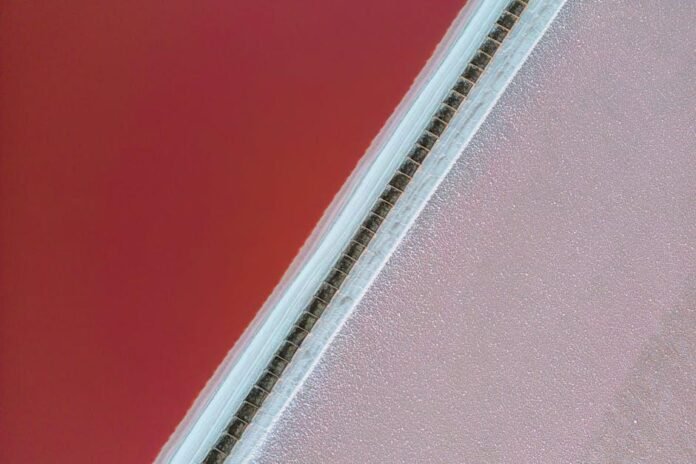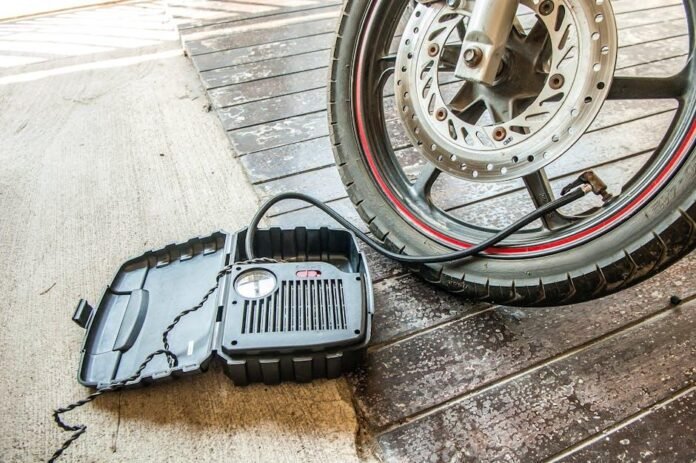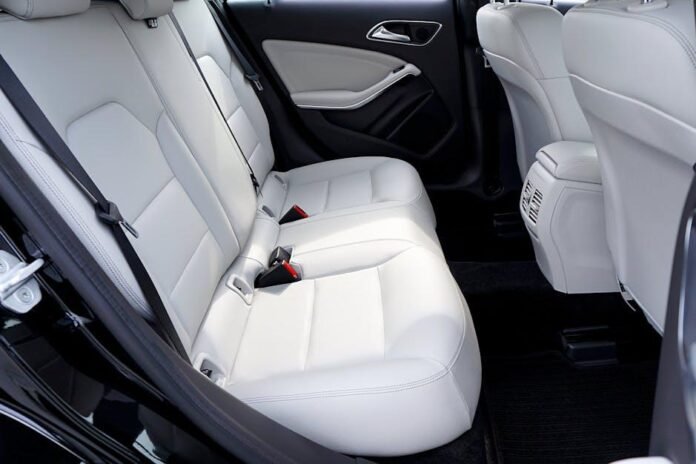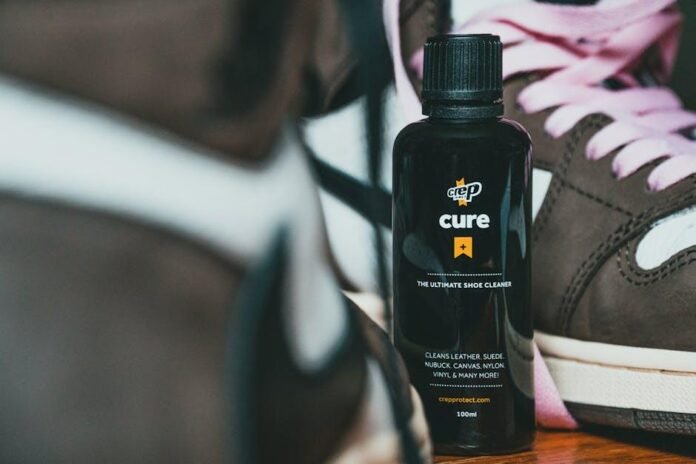In a world where pristine interiors often feel like the Holy Grail of car ownership, the allure of interior protectants has swept through the automotive landscape like a fresh detail on a sunlit dashboard. From glossy commercials touting long-lasting finishes to the reassuring promises of dust and stain resistance, these products present themselves as the guardians of our beloved vehicles’ interiors. But amid the shiny packaging and persuasive marketing, a question lingers: Do interior protectants actually live up to the hype? This article delves into the science and practicality behind these protectants, exploring their effectiveness and shedding light on whether thay are truly worth the investment or merely a tantalizing myth in the world of automotive care. Buckle up as we embark on a journey to uncover the truth behind these protective potions and help you make an informed decision about the care of your car’s interior.
Understanding the science Behind Interior Protectants
Understanding the effectiveness of interior protectants involves delving into the materials and chemicals that compose these products.Typically, these protectants create a barrier on surfaces, designed to resist stains, dirt, and damage caused by UV rays. One of the most common active ingredients is polyurethane, known for its durability and ability to repel moisture. Other formulations may include silicones and fluoropolymers, which enhance the hydrophobic properties of the protectants. This combination of ingredients helps maintain the aesthetic appeal of upholstery, carpets, and dashboards, effectively prolonging their lifespan.
To grasp how these products function, consider the following key mechanisms:
- Surface Tension Reduction: This feature helps liquids bead up on the surface, making them easier to wipe away.
- UV Protection: Certain protectants contain additives that absorb UV rays, minimizing fading.
- Anti-Static Properties: Reducing static cling helps keep dust and dirt from settling on surfaces.
Moreover,a simple comparison of interior protectant choices can highlight how they cater to different needs:
| Product Type | Best For | Longevity |
|---|---|---|
| Spray Protectants | Swift applications | Short-term |
| Wipe-On Solutions | Leathers and fabrics | Medium-term |
| Sealants | Long-lasting protection | Long-term |

Evaluating the Protective Benefits for Various Materials
The effectiveness of different interior protectants can vary greatly depending on the material they are applied to. While some products boast remarkable durability and resistance to wear, others might only offer minimal advantages. Key materials typically found in interiors include:
- Leather: Protectants can enhance resistance to stains and moisture, prolonging the lifespan of the material.
- Fabric: Specialized sprays can repel water and dirt,but results often depend on the fabric type.
- Vinyl: Coatings can shield against fading and cracking caused by UV exposure.
Moreover, the application methods and frequency of use also play critical roles in determining the effectiveness of protectants.As an example, over time, the protective layers on surfaces can wear down, necessitating reapplication. A brief comparison of various protectants can be useful:
| Material | Protectant Type | Longevity | Effectiveness |
|---|---|---|---|
| Leather | Conditioning Cream | 6-12 months | High |
| Fabric | Aerosol Spray | 3-6 months | Moderate |
| Vinyl | Sealant | 12+ months | Very High |

Comparing Popular Products: What the Experts Say
In the landscape of car care, the effectiveness of interior protectants has been a topic of debate among both consumers and professionals. Experts have a range of opinions based on the formulation and intended use of these products. Some emphasize the importance of UV protection, suggesting that the right formula can effectively guard against sun damage, keeping dashboards and upholstery looking new longer.Others point out that without regular application, even the best protectants can wear off, leading to potential damage over time. Read on for some key takeaways from expert analyses:
- Ingredient Quality: Products containing high-quality silicones and polymers tend to perform better.
- Application Frequency: Regular reapplication maximizes effectiveness.
- Surface Compatibility: not all protectants are suitable for all materials; choose wisely.
When delving into consumer feedback, many users have reported varying levels of satisfaction wiht different brands. Conducting side-by-side comparisons, several brands stand out for their consistent performance. According to experts’ evaluations, here’s a concise overview of some popular interior protectants:
| Product Name | Protection Features | User Ratings |
|---|---|---|
| Brand A Interior Protectant | UV Shield, Anti-Fading | 4.5/5 |
| Brand B Protectant Spray | Stain Guard, water Resistant | 4.0/5 |
| Brand C Fabric Protector | Odor Neutralizer, Mildew Resistant | 4.7/5 |

Practical Tips for Maximizing Interior Protectant Efficacy
To ensure your interior protectants deliver maximum protection, start by thoroughly cleaning the surfaces you plan to treat. Dust,dirt,and grime can interfere with the bonding process of the protectant. Use a gentle cleanser appropriate for your materials (e.g., leather, fabric, or vinyl) to avoid damage. After cleaning, allow the surfaces to dry completely before application. This step is crucial for optimal adhesion. Once the area is prepped,apply the protectant in thin,even layers,using a microfiber cloth or spray applicator. Over-applying can lead to streaks and uneven coverage.
Additionally,consider the environmental conditions when applying interior protectants.Ideally, use them in a well-ventilated area at moderate temperatures. extremes in heat or humidity can compromise the effectiveness of the products.After application, allow adequate curing time as specified by the manufacturer, generally recommended between 24 to 72 hours. Regular maintenance enhances durability; follow up with light cleaning and reapplication as needed,especially in high-use areas like upholstery and dashboards. This proactive approach will ensure that your interior protects its look and longevity.
In Conclusion
As we draw the curtain on the vibrant discussion surrounding interior protectants, it becomes clear that the effectiveness of these products may depend on a variety of factors, including the materials they aim to safeguard, the conditions of use, and even personal preferences. While some users swear by their efficacy in preserving the aesthetic and integrity of their vehicles or home interiors, others remain skeptical, citing mixed results from different applications. whether you’re looking to bolster the longevity of your upholstery or simply give your surfaces a fighting chance against daily wear and tear, the choice to invest in an interior protectant may ultimately boil down to your specific needs and values. As the market continues to evolve and innovate, it’s worth keeping a discerning eye on the advancements in this realm, ensuring that your decision is informed by both research and real-life experiences.So, the next time you’re faced with the question of whether or not to incorporate these products into your maintenance routine, weigh the evidence carefully—it just might make all the difference in preserving your space for years to come.










